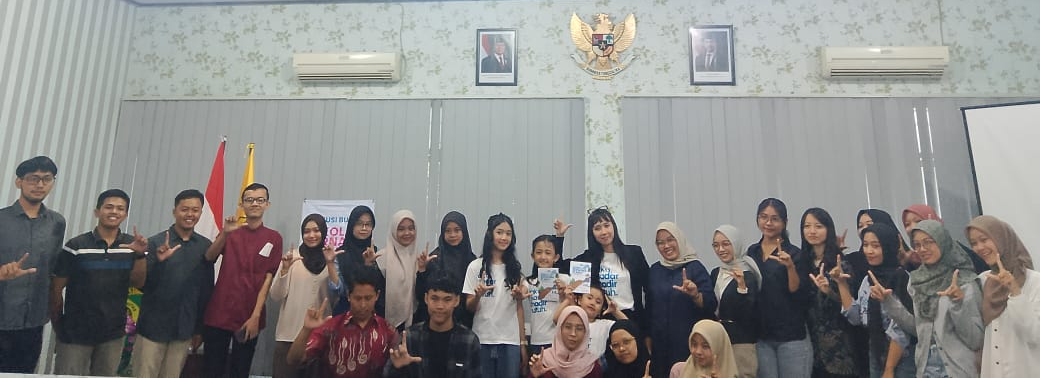Heterogeneity of expectations and financial crises: a stochastic dynamic approach
Toshihiro Shimizu1 - Personal Name

concept of “liquidity trap” with a binary choice model, in which an economic agent
stochastically changes her decisions. The transition rates from one state to the other
vary, depending on the degree of diversity in expectations. Applying this model to the
money/bond choice, this study seeks to derive the money demand function proposed
by Keynes and analyze how the heterogeneity of expectations affects it. The model
demonstrates that money holding becomes relatively advantageous as the proportion of
money holders increases and that such a situation could bring about multiple equilibria.
Through comparative statics, this study finds that the heterogeneity of expectations
plays a crucial role for existence of multiple equilibria. Demonstrating that a financial
crisis is a leap from one equilibrium to the other, the model helps to explain the recent
crisis and offers practical implications for monetary policies. In particular, in analyzing
the influences of heterogeneous expectations on the economy, this study uncovered an
interesting fact that unconventional monetary policies work better than conventional
ones in fighting against crises induced by a flight to liquidity.
Series Title
-
Call Number
-
Publisher
: ,
Collation
-
Language
ISBN/ISSN
-
Classification
NONE
Content Type
-
Media Type
-
Carrier Type
-
Edition
-
Subject(s)
s Heterogeneity of expectations
· Liquidity trap
Keynes
Financial crisis
Unconventional monetary policies
Specific Detail Info
-
Statement of Responsibility
-


















